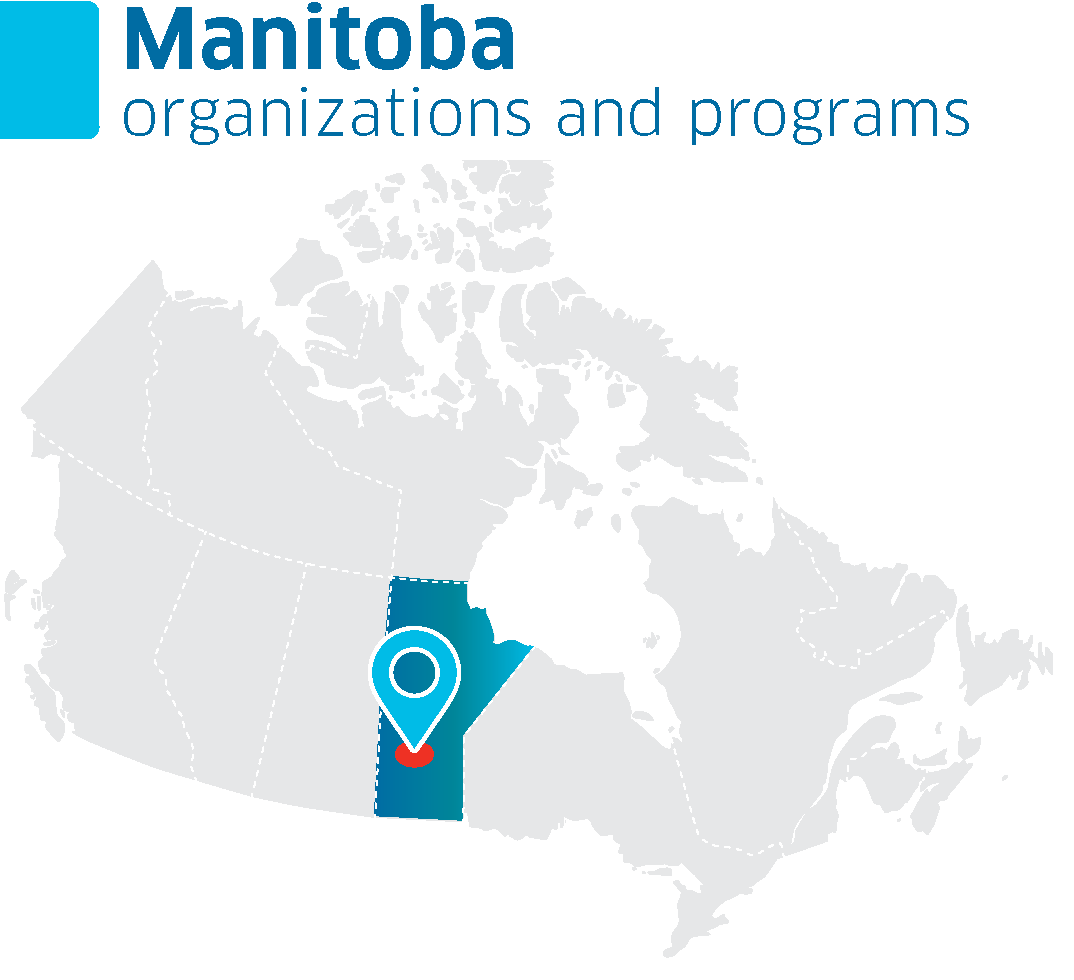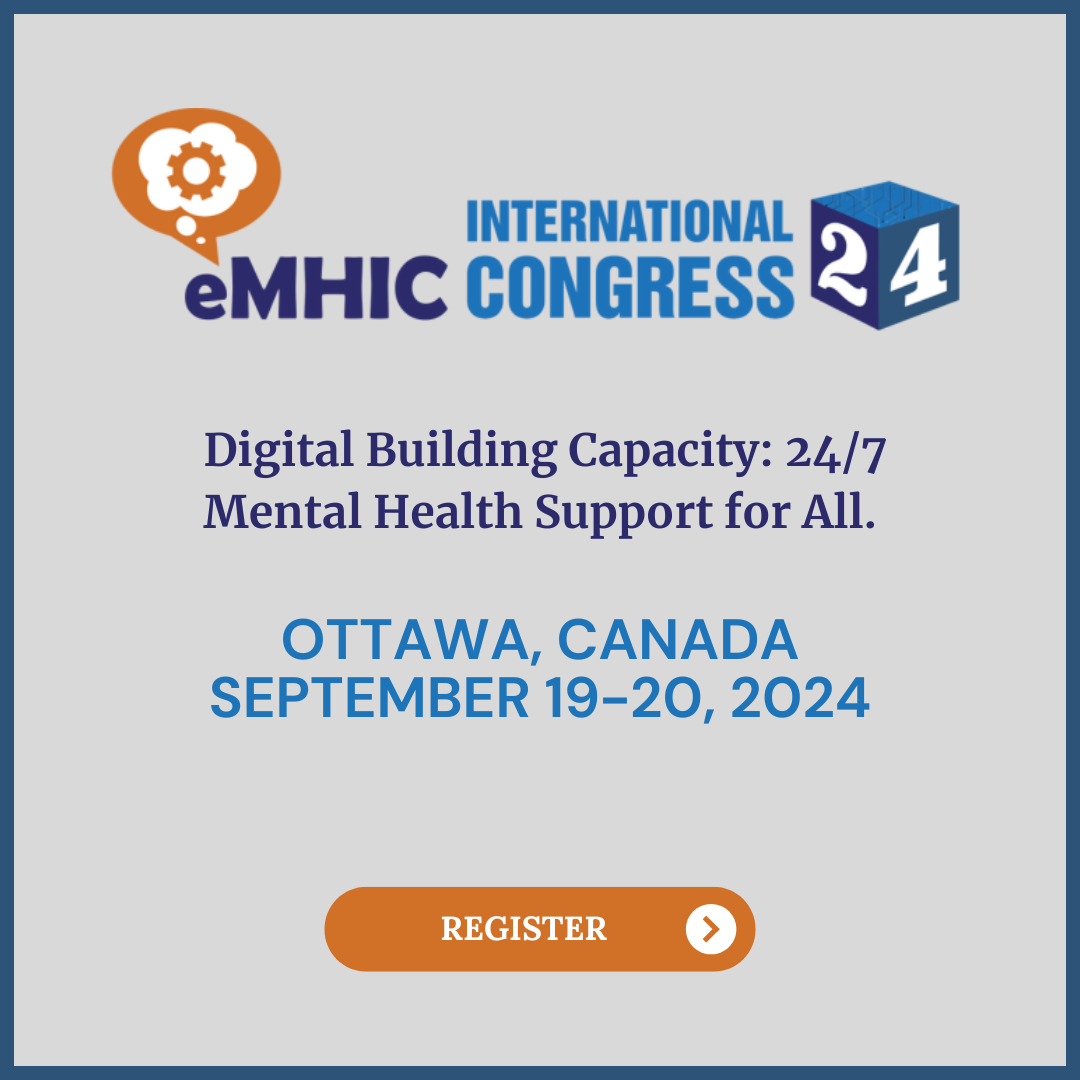If you are in distress, you can call or text 988 at any time. If it is an emergency, call 9-1-1 or go to your local emergency department.
Contemporary Policing Guidelines for Working with the Mental Health System 2015
In recent years, the subject of police interactions with people who appear to be experiencing mental problems has continued to be an area of concern for police organizations. These police interactions occur in many forms, the most common of which include: Research is clear that PMI interact with police more often than other members of the community; furthermore, they are more likely to be subject to higher levels of police use of force than other people. Given this state of affairs, in recent decades, there has been a proliferation of programs and activities, usually originating with police services, with the intent that such interactions will result in optimal outcomes for all involved parties; for example, that police services are better prepared from an organizational standpoint to address issues related to these interactions. The purpose of these guidelines is to provide police organizations with a framework for moving beyond a purely tactical approach to conceptualizing and organizing a strategic approach for PMI interactions. Optimal outcomes for PMI are achieved when: Effective and cooperative efforts toward working with the mental health system occur when: For police organizations that do not yet have a mental health strategy, or are in the early stages of development, the guidelines provide a structure for developing such a strategy and necessary programs. The guidelines do not recommend or endorse any single model of intervention, nor do they advocate for any particular type of program. Although designed as a framework, the guidelines might also be useful as a gap analysis tool (refer to Appendix A). A police organization might meet all the recommendations in the guidelines without any formal program or dedicated personnel or it might have a comprehensive mental health strategy with more than one formal program and many dedicated staff. The strategy and the program details should necessarily reflect the local needs, demographics, available mental health services and other local jurisdictional considerations.
SHARE THIS PAGE
RELATED
![]()


